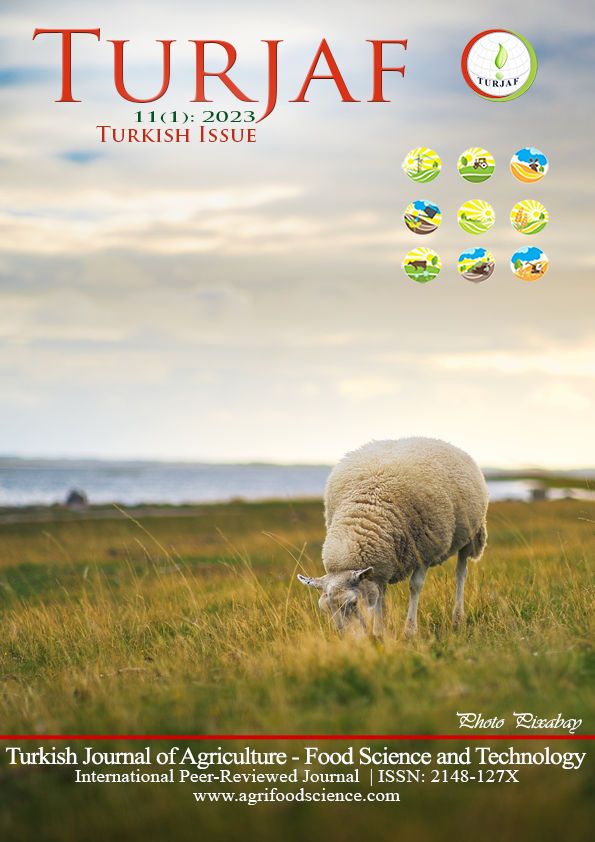Acceleration of the Growth of Dahlia (Dahlia sp.) Plants Grown with a Growth Retardant with Gibberellic Acid
DOI:
https://doi.org/10.24925/turjaf.v11i1.104-111.5689Keywords:
Paclobutrazol Plant, Growth Regulator, Diameter, Plant Height, BiomassAbstract
In this study, 0, 25, 50, and 100 ppm concentrations of paclobutrazol were applied to dahlia seeds. In order to eliminate the possible retarding effects of paclobutrazol, GA3 was applied by spraying on leaves at doses of 0, 100, and 200 ppm 1 week after planting the seedlings in pots. At the end of the study, 25 ppm paclobutrazol application showed better results compared to the control (4.68 cm-67.59%) at seedling height (5.08 cm) and germination rate (80.56%). As the doses of paclobutrazol increased, there was a decrease in the specified parameters. In the second stage, although there were no statistical differences in terms of plant growth in the seedlings treated with paclobutrazol alone, 50 ppm paclobutrazol application plant height (47.87 cm) and plant stem diameter (6.55 mm), 0 ppm paclobutrazol application root wet weight (7.02 g) and 50 ppm paclobutrazol application. The application showed the best results in root length (22.70 cm). In GA3 applications at different concentrations, the 100 ppm GA3 application gave the best results in terms of plant growth compared to other applications. With the combination of paclobutrazol and GA3 applications, 50 ppm paclobutrazol and 100 ppm ga3 applications were more effective in plant growth. It was concluded that 25 ppm paclobutrazol could be used for height control of seedlings in terms of growth and flowering, and 100 ppm GA3 should be applied to eliminate possible retarding effects and quality plant growth.Downloads
Published
31.01.2023
How to Cite
Alkaç, O. S., Öndeş, E., Temir, R., Tuncel, E., & İşbilir, M. E. (2023). Acceleration of the Growth of Dahlia (Dahlia sp.) Plants Grown with a Growth Retardant with Gibberellic Acid. Turkish Journal of Agriculture - Food Science and Technology, 11(1), 104–111. https://doi.org/10.24925/turjaf.v11i1.104-111.5689
Issue
Section
Research Paper
License
This work is licensed under a Creative Commons Attribution-NonCommercial 4.0 International License.









